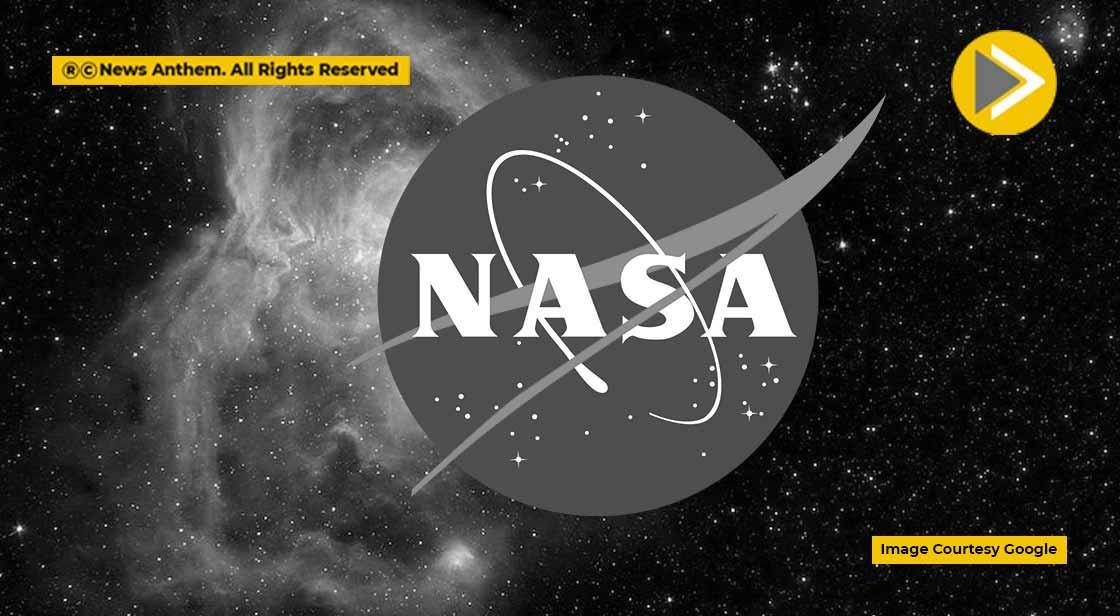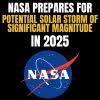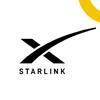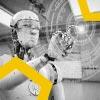NASA, SpaceX Postpone Astronaut Retrieval Mission Due to Technical Glitch

News Synopsis
NASA and SpaceX have postponed the launch of a new crew to the International Space Station (ISS), a mission that would facilitate the long-overdue return of U.S. astronauts Butch Wilmore and Suni Williams.
The launch was initially set to take place on Wednesday from the Kennedy Space Center in Cape Canaveral, Florida, but was called off due to a hydraulic system issue with a ground support clamp arm on the Falcon 9 rocket.
NASA confirmed in a statement that launch teams are actively working to resolve the issue. The agency has now rescheduled the mission for no earlier than Friday at 7:03 p.m. EDT (2303 GMT), taking into account weather conditions, including strong winds and rain that had already postponed a prior attempt.
The Urgency of Bringing Back Wilmore and Williams
A Delayed Homecoming After Nine Months in Space
The Crew-10 launch is critical as it sets the stage for the return of Wilmore and Suni Williams, who have been stranded aboard the ISS for nine months following a propulsion system failure on Boeing’s Starliner spacecraft.
Originally meant to return shortly after their June 2023 trip, NASA deemed it too risky for them to fly back on the faulty Starliner, leaving them dependent on SpaceX's Crew Dragon for their eventual return.
With the Crew-10 launch now expected on Friday, the Crew-9 team—including Wilmore and Williams—could return to Earth on March 19 using a different SpaceX capsule that has been docked at the station since September.
Political Pressure Over the Delay
Donald Trump and Elon Musk Weigh In
NASA's accelerated timeline for Crew-10 follows mounting political pressure. President Donald Trump and Elon Musk, the CEO of SpaceX, have both urged NASA to bring Wilmore and Williams home sooner than originally scheduled. Their calls for an early return were an unusual intervention in the agency’s human spaceflight operations.
Previously, NASA had planned to bring them back on March 26, but to speed things up, the agency swapped out a previously delayed SpaceX capsule for one that was mission-ready sooner.
Despite political controversies, NASA maintains that their priority is ensuring astronaut safety.
SpaceX's Crew-10 Mission: What’s Next?
Crew Details and New Launch Plan
The SpaceX Crew Dragon mission, known as Crew-10, was set to transport a fresh team of astronauts to the ISS. The planned crew includes two U.S. astronauts, along with one astronaut each from Japan and Russia.
NASA has emphasized that Wilmore and Williams cannot leave until Crew-10 arrives, as the station must remain staffed with enough U.S. astronauts for essential maintenance.
Once the replacement crew is in place, Wilmore, Williams, along with NASA astronaut Nick Hague and Russian cosmonaut Aleksandr Gorbunov, will be able to return to Earth.
The Boeing Starliner Setback
A Rocky Journey for NASA’s Second Human Spaceflight Program
Wilmore and Williams originally traveled to the ISS aboard Boeing’s Starliner, which was developed under a $4.5 billion contract with NASA. The goal was to provide an alternative to SpaceX’s Crew Dragon, which has been NASA’s primary method of ferrying astronauts to and from the ISS since 2020. However, Starliner’s debut crewed flight was plagued with engineering failures, including a propulsion issue that made it unsafe for a return journey.
Boeing’s spacecraft was supposed to compete with SpaceX, which developed Crew Dragon under a separate NASA contract worth at least $4 billion. However, repeated technical problems and cost overruns have significantly delayed Starliner’s certification for regular astronaut missions. The failure to bring Wilmore and Williams back safely has further highlighted the ongoing challenges with Boeing’s spacecraft.
Looking Ahead: Resolving Technical and Political Challenges
With Crew-10 now rescheduled for launch on Friday, March 15, NASA remains committed to ensuring the safe return of its astronauts. While the delay adds another setback to an already prolonged mission, the agency stresses that astronaut safety is paramount.
Meanwhile, Boeing faces increased scrutiny over its Starliner program, which must demonstrate reliability before NASA approves it for routine missions. Until then, SpaceX’s Crew Dragon remains NASA’s only trusted spacecraft for human spaceflight operations.
You May Like









